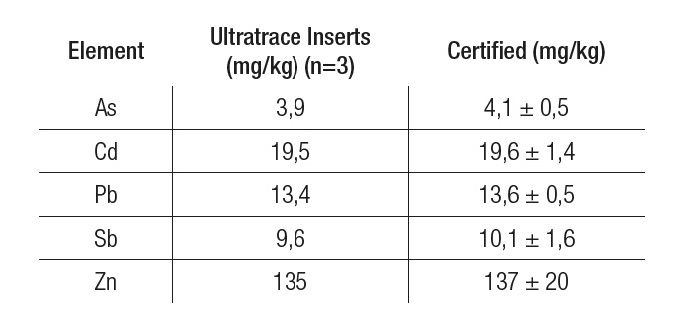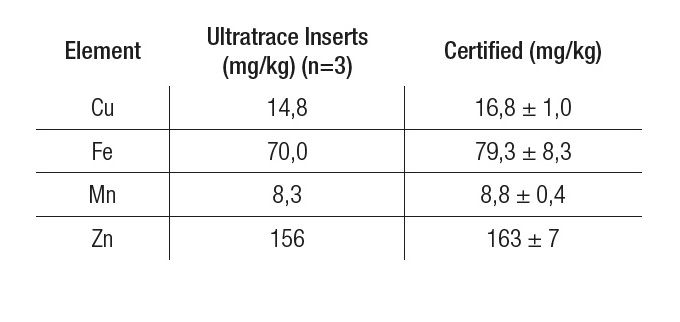Recently added item(s)
Ultratrace Inserts
Vessel-inside-vessel technology
We introduce the best of vessel-inside-vessel solutions to ensure lower analytical blank during microwave digestion in modern laboratory. This configuration reduces the amount of acid required for digestion to near stoichiometric quantities which provides lower dilution factor and higher detection limit.





